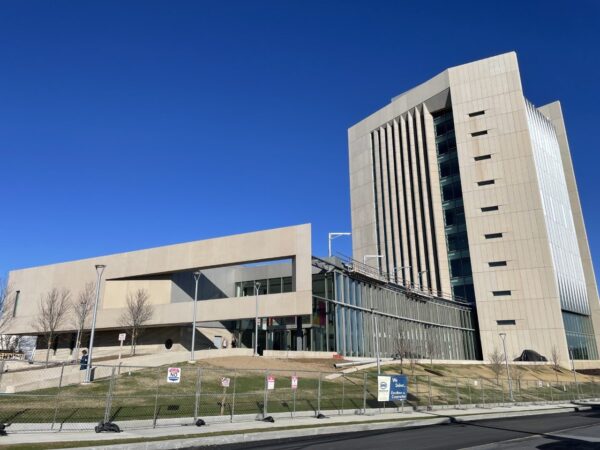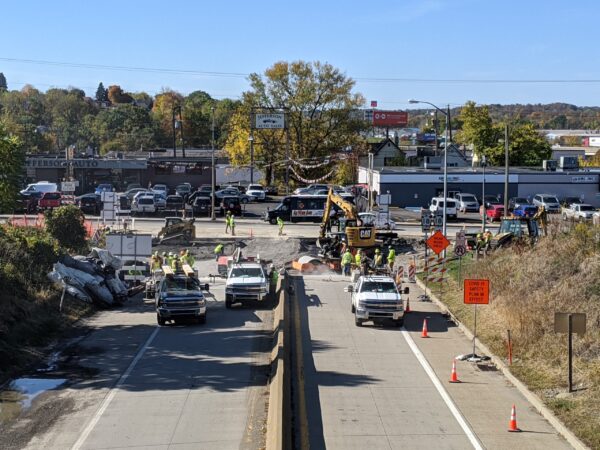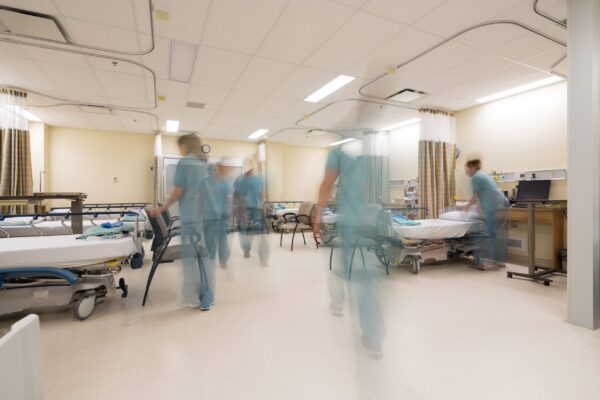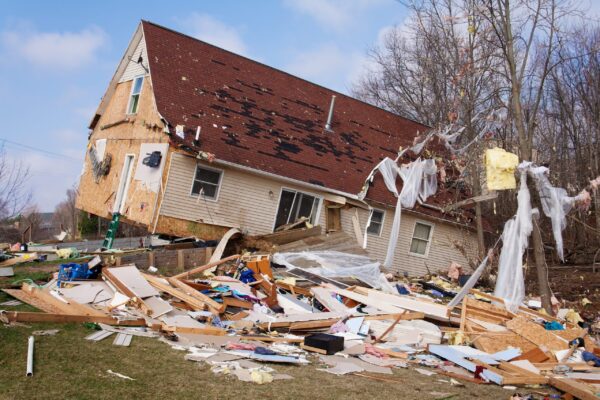

The “action camera” usually calls to mind thrilling photos of off-road mountain biking or adventurous underwater video. And certainly, the small, hardy, mounted cameras are often used to capture such heart-racing moments. Indeed, the origins of the little cameras lay in the need for a way to capture first-person photograph or video of extreme sports such as skydiving or motorcycling. Even NASA incorporated aspects of action camera technology on their space cameras, for ease of use by astronauts. But the advantages of the action camera became most apparent after GoPro was founded in 2002. The GoPro cameras’ ease of use and their significantly lower costs have since made GoPro a household name. Since the flourishing of GoPro in the early 2000s, new action cameras have hit the market and new usages for the technology have been devised. Nick Feraco, an assistant project engineer at Hill International, Inc., makes use of the Garmin VIRB® 360 on construction sites. This action camera, combined with OpenSpace software, facilitates site inspections and helps Nick procure excellent site photo documentation for his clients.
Nick currently makes use of the technology on a commercial office-building construction project for Philips Electronics. Demonstrating the site pictures he had taken in his most recent visit, Nick described how the hardware-software marriage worked. He says: “Basically I secure the camera on my helmet and open the OpenSpace app on my smartphone. In the app, I’m able to select where I am in the building—the client provides plans of each floor of their building to the software provider. Then I just start walking around and the VIRB® 360 takes pictures every ten seconds or so. This model has GPS capacity, so that’s how it keeps track of my motion. As its name suggests, the instrument actually has two cameras to provide 360-degree coverage in each photo. In addition to the 360-degree photos, the app stores data for where each picture is taken in the context of the floor plans as I move around the building, as well as when each picture was taken.
“The end result looks quite similar to a Google Maps view of a street, with the added advantage of being able to look at the street over time. So when we meet with the client’s team and discover an issue with, say, an air duct or something, we can identify exactly when the issue occurred. That helps us better mitigate any problems that arise.”
The clarity of the photos and the complete view of the building were impressive as Nick navigated through the photos he had taken. The website allows the user to pick a floor, and pick from any number of dots on the floor where a picture has been taken. You can then click to maneuver the view as you wish or click on the floor ahead of you to select the photo taken in that spot. As long as the photographer has walked around the whole floor, the user can clearly see the whole floor. “It’s really intuitive and very simple to use,” says Nick.
The software provider OpenSpace also offers data storage for certain amounts of time with their plans. That way, if the client wants to put an addition on their building, there will be a simple way of revisiting construction photos to augment the as-built documents. Nick adds, “It would be easy for a client to store these photos indefinitely if they transfer them after their data lease with OpenSpace is up.”
Hill Senior Project Manager II Jack Browning says that this technology has been very useful on the Philips Electronics job. In particular, he noted the way in which the technology facilitates communication between the different contractors working from floor to floor. “There are two contractors working on the job right now,” says Jack. “On the one hand, there are the core and shell workers. Once they’ve finished, they pass a floor along to the tenant fit-out workers. The site photos that Nick provides help coordinate work tremendously by saving time and effort.”
Otherwise an individual inspector would have to take photos throughout each floor and store them in a format less convenient than the OpenSpace format. Worse, some issues might go unnoticed until discovered by a contractor midway through their work. This could create delays to the work or even force costly changes.
Both Jack and Nick agree: this is great technology for any construction job. “I think even more than buildings, using an action camera and OpenSpace would be great for a bridge or highway job, or something else laterally expansive,” says Nick. Moreover, its simplicity makes the technology suitable for professionals with any level of technological competence. Very little training is required. The benefits it confers are likely to become standard on projects of any type. While it may not provide content quite as exciting as aerobatic snowboarding shots on glistening alpine powder, the action camera paired with OpenSpace technology can provide a transformative and cost-effective solution when used on a job site.
To speak with Jack about your project’s needs, you can reach him by calling (412) 595-8800 or by reaching out via email to [email protected]. To learn more about Hill, please visit www.hillintl.com
Share

April 11, 2024 | Articles
A Model Move: Managing Move-In at the Sylvia H. Rambo U.S. Courthouse

April 8, 2024 | Articles

April 4, 2024 | Articles
Driving Growth and Seizing Opportunity: Lukasz Marcinkiewicz Joins Hill as Country Manager, Poland

April 1, 2024 | Articles

March 27, 2024 | Articles
Building the Future: Women’s Leadership and Community Engagement in the Construction Industry

March 25, 2024 | Articles
Leveraging Data Analytics and Dashboards for Enhanced Project Performance

February 26, 2024 | Articles
Continuity, Creativity, and Collaboration: Delivering PennDOT’s Route 18 Signal Upgrade
We and use cookies and other tracking technologies to improve your experience on our website. We may store and/or access information on a device and process personal data, such as your IP address and browsing data, for personalised advertising and content, advertising and content measurement, audience research and services development. Additionally, we may utilize precise geolocation data and identification through device scanning.
Please note that your consent will be valid across all our subdomains. You can change or withdraw your consent at any time by clicking the “Consent Preferences” button at the bottom of your screen. We respect your choices and are committed to providing you with a transparent and secure browsing experience.
| Cookie | Duration | Description |
|---|---|---|
| cookielawinfo-checbox-analytics | 11 months | This cookie is set by GDPR Cookie Consent plugin. The cookie is used to store the user consent for the cookies in the category "Analytics". |
| cookielawinfo-checbox-functional | 11 months | The cookie is set by GDPR cookie consent to record the user consent for the cookies in the category "Functional". |
| cookielawinfo-checbox-others | 11 months | This cookie is set by GDPR Cookie Consent plugin. The cookie is used to store the user consent for the cookies in the category "Other. |
| cookielawinfo-checkbox-necessary | 11 months | This cookie is set by GDPR Cookie Consent plugin. The cookies is used to store the user consent for the cookies in the category "Necessary". |
| cookielawinfo-checkbox-performance | 11 months | This cookie is set by GDPR Cookie Consent plugin. The cookie is used to store the user consent for the cookies in the category "Performance". |
| viewed_cookie_policy | 11 months | The cookie is set by the GDPR Cookie Consent plugin and is used to store whether or not user has consented to the use of cookies. It does not store any personal data. |


